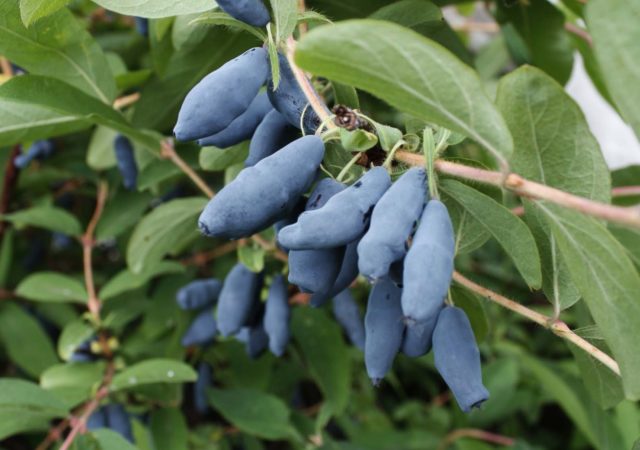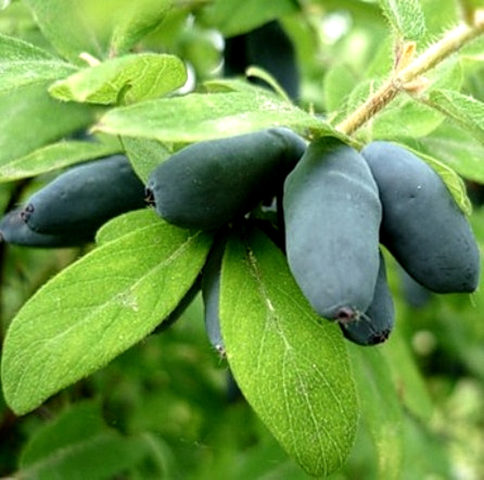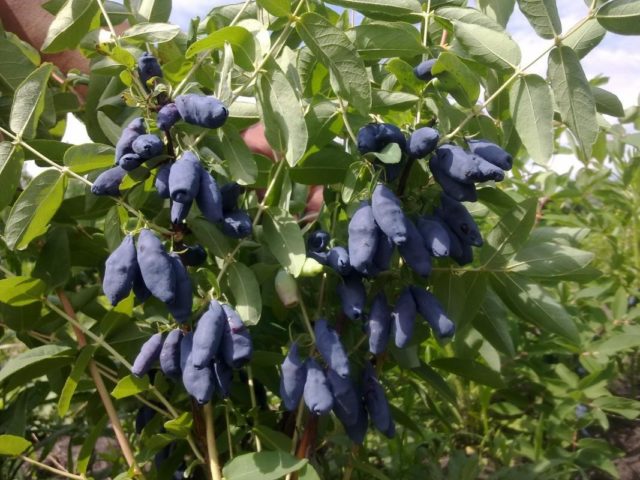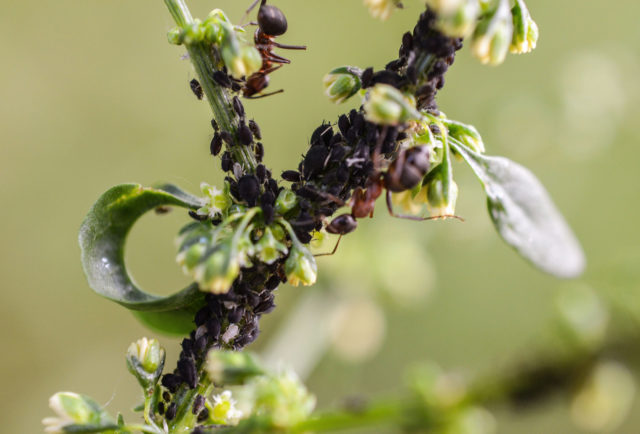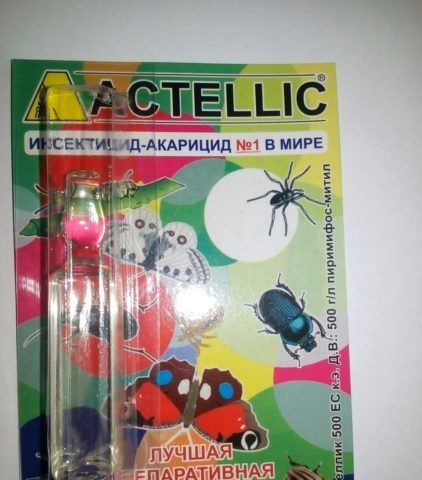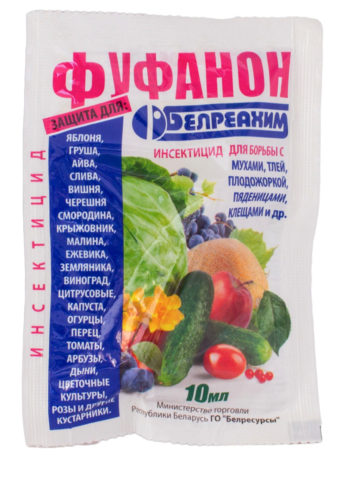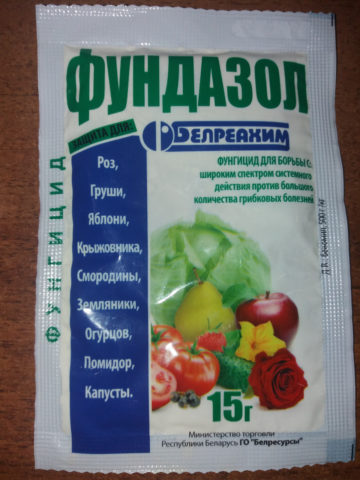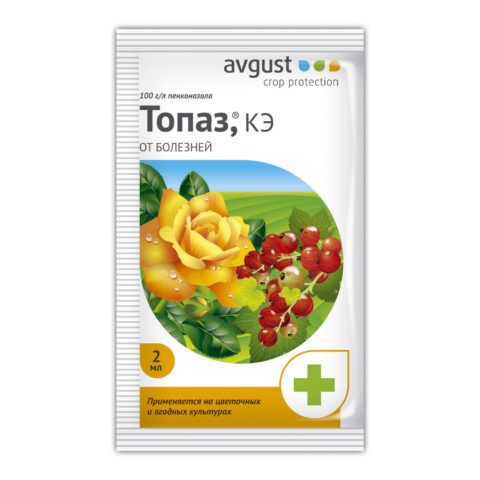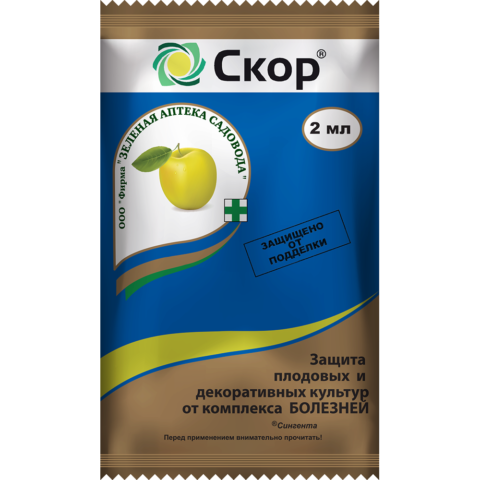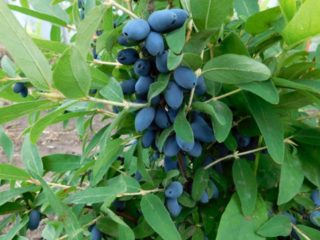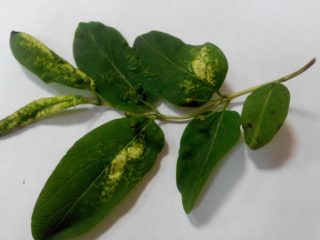Content
Now many types of honeysuckle have been bred, but the variety Lakomka stands out against the background of all the others. This plant has a pleasant fruit taste without bitterness, which is inherent in this culture. In addition, its berries are much larger than those of other species and have a pleasant aroma, so they are liked not only by adults, but also by children. A description of the variety, photos and reviews of Gourmet honeysuckle will help to better understand what kind of culture it is, how to grow it correctly on a personal plot and what difficulties may arise.
Description of edible honeysuckle Gourmet
This crop variety was obtained by the Nizhny Novgorod breeder V.A.Fefelov. This species was officially registered in 1998, but work has been carried out to improve its characteristics for 10 years up to this point.
As you can see in the photo below, the Gourmet honeysuckle bush is medium in size and compact in shape. It reaches a height of one and a half meters. The crown is lush, oval-rounded. After planting, for the first four years, the growth of honeysuckle is slow, but later the rate is significantly accelerated. The shoots of Lakomka are straight, thin, they are green in color, but with a slight bluish bloom. The leaves are densely arranged on them. The shape of the plates resembles an elongated oval. Foliage color is light green.
The berries of Lakomka are large, 2-3 cm long. They are dark blue in color with a characteristic waxy bloom on the surface. Their weight varies within 0.9-1.3 g. Fruits are edible, sweet and sour taste without bitterness. They can be eaten both fresh and processed. The yield from a young bush varies within 2.5-3 kg, and from a 10-year-old plant - 3.5-5.5 kg, subject to the rules of care.
Fruit ripening in this type of culture occurs in the first half. At the same time, ripe berries crumble, so the harvest should be carried out 3-4 times. The first fruits are formed 3-4 years after planting.
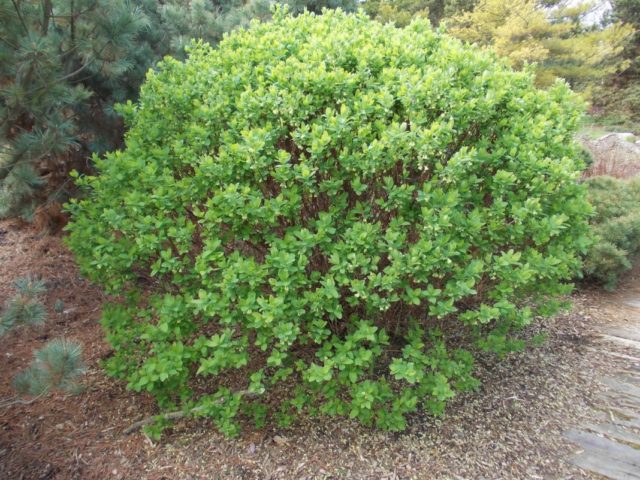
The variety of this honeysuckle is one of the early maturing
Planting and caring for Lakomka honeysuckle
Honeysuckle Gourmet belongs to light-loving crops, so you need to select open areas for it, protected from drafts. With a lack of light, the berries become smaller, and the overall yield decreases. The variety is not picky about the composition of the soil and develops normally even when planted in depleted heavy soil. But to obtain high yields, light loams and sandy loam soils are preferable. The occurrence of groundwater at the site must be at least 1.5 m from the surface.
Planting the plant must be carried out in the fall from early September to late October. At the same time, at least three weeks must remain before the onset of stable frosts, so that the plant has time to take root in a new place. The site must be dug up in advance so that the soil has time to settle. It is important to place honeysuckle at a distance of 1 m from each other, as well as at a distance of 3 m from tall crops.
The planting pit should be 40 cm wide and 40 cm deep. It must be filled with nutrient mixture in advance.To do this, you need to mix the top layer of earth, humus and peat in a 2: 1: 1 ratio. In addition, add additional superphosphate (60 g) and potassium sulfide (40 g). Mix all the components and fill the well with the mixture.
Procedure:
- Make a small elevation in the center of the landing pit.
- Examine the roots, remove damaged and broken areas.
- Place the seedling on a mound in the center, spread the roots.
- Sprinkle with earth, compact the surface.
- Water the plant abundantly.
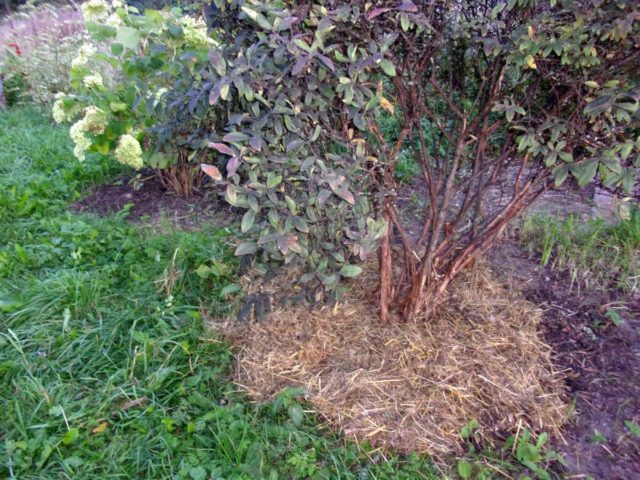
The next day, it is necessary to mulch the root circle with peat, straw or humus to prevent the roots from drying out.
It is important not only to properly plant the Gourmet honeysuckle, but also to provide full care in the open field. This culture does not tolerate a lack of moisture. Therefore, it is necessary to carry out timely watering of the bush in the absence of regular rains. This should be done not only during the growing season and fruiting, but also after harvesting, since during this period the plant is actively growing new branches.
You should also regularly feed the shrub. This should be done in spring and autumn. In the first case, you need to use urea (10 g) or ammonium nitrate (15 g) in a bucket of water. Also, to improve vegetation, the root circle needs to be mulched with humus. In the second case, 150 g superphosphate and wood ash should be used. To apply fertilizer, it is necessary to make a small ditch 10 cm deep within a radius of 30-50 cm from the trunk. Pour the components into it, and then cover it with soil.

For the successful cultivation of honeysuckle Gourmet on the site, it is necessary to regularly loosen the soil at the base of the shrub and remove weeds in a timely manner
Reproduction of edible honeysuckle variety Lakomka
You can propagate a culture in several ways: by cuttings, dividing the bush and layering. All options help to preserve the species properties of honeysuckle.
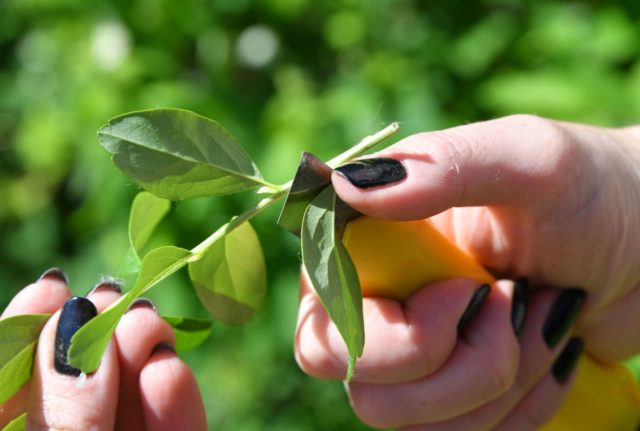
For prepared cuttings, remove the bottom pair of leaves, and cut the rest by half.
It is recommended to make blanks from the shoots of the current year. For rooting, it is necessary to initially cut off the top, and then divide the rest of the shoot into segments 7-12 cm long. The optimum thickness of cuttings is 0.4-0.5 cm. Each division should have 2-3 pairs of leaves and at least one internode.
The upper cut of the cutting should be straight and 1.0-1.5 cm higher than the bud, and the lower one should be oblique at an angle of 45 degrees. For rooting, you need to prepare a wide container and fill it with a mixture of peat and river sand in a 1: 1 ratio. The soil should be watered abundantly and the surface should be compacted. Deepen the cuttings 1-2 cm into the soil. Then cover the container with plastic wrap.
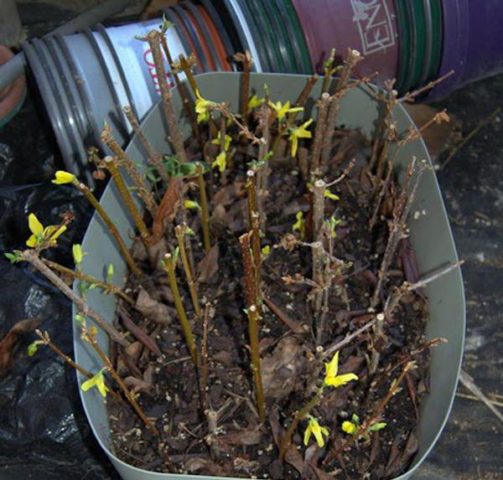
For successful rooting, a temperature of 20-25 degrees and a humidity of 85% are required.
It is better for novice gardeners to use the propagation method by dividing the bush. To do this, you need to dig up the honeysuckle in the fall and divide it into parts. Each of them must have well-developed shoots and root processes.
Honeysuckle Gourmet can be propagated by layering. To do this, it is necessary at an adult bush to bend the lower shoots to the ground and fix them. Cover them with soil from above, leaving only the top on the surface. Make sure that the soil in this place does not dry out. Subject to all the rules, the layering will take root in six months. Then they can be separated and transplanted.
Honeysuckle pollinators Gourmet
This type of honeysuckle is self-fertile, it needs additional pollinators to set fruit. Therefore, 2-3 varieties should be planted on the site at the same time with the same flowering period. Otherwise, the harvest may not be expected.
The best pollinating varieties for Lakomka honeysuckle:
- Malvina;
- Blue bird;
- Blue spindle.
Diseases and pests
Honeysuckle Gourmet is highly resistant to diseases and pests. But if the basic requirements of culture are not met, its immunity decreases.
Possible problems:
- Aphid. This pest feeds on the sap of young shoots and leaves. As a result, the plant slows down its growth and cannot fully develop, which negatively affects the yield.
Aphids form numerous colonies, which only multiply every day.
- Shield. A small pest that attaches to the bark and sucks the juice from the branches. In the absence of timely control measures, the plant may die.
To destroy the scabbard, you need to process the bushes twice with a frequency of 10-15 days
For pest control, you must use:
- Actellik;
- Fufanon;
- Inta-Vir.
With high air humidity, fruit honeysuckle Gourmet can also suffer from various kinds of spotting. In this case, spots of different shades and sizes appear on the leaves. If the plant is severely damaged, premature leaf fall occurs.
For the treatment of fungal diseases, the following fungicides must be used:
- Fundazol;
- "Topaz";
- "Speed".
Conclusion
After examining a detailed description of the variety, photos and reviews of Gourmet honeysuckle, we can confidently say that even a novice gardener can grow it. Since, subject to the simple rules of care, this culture will not cause any trouble. And in gratitude for the care, she will delight with her beautiful lush crown and delicious fragrant fruits.
